
The Manu National Park is a protected natural space located in the southeast of Peru, partially located in the departments of Madre de Dios and Cusco, between the provinces of Manu and Paucartambo. It is divided into 3 large zones: the national park, the reserved area and the buffer zone. Manu National Park is a natural reserve located in the Amazon of Peru. It is the largest national park in Peru. Manu is also home to several small communities of the Machiguenga indigenous people.
Manu is located in the southern eastern part of the Peruvian Amazon, about 100 kilometers (62 miles) northeast of Cusco. The park covers almost the entire basin of the Manu River, from its tributaries in the Andes to its convergence with the Madre de Dios River. The Manu National Park is well preserved due to its remoteness, the only direct access to the lowlands is by boat across the Manu River, and there is a road that runs along the southern part of the park that gives access to the highlands of the Andes.
Because it includes several ecological zones ranging from 150 to 4,200 meters above sea level, it has one of the highest levels of biodiversity of any park in the world. Manu has more than 15,000 species of plants and more than 1,000 species of birds.
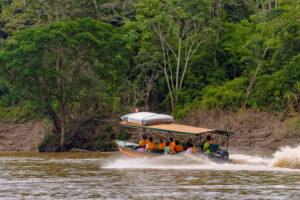
– The core area or Manu national park
It is intended for protection and only anthropological and biological research activities are permitted, limited to the observation of life and ecological processes in their natural form; In the park is the Cocha Cashu biological station, one of the most important research centers for tropical forests. The place is intangible and to visit it you must have a special authorization.
– The reserved area of Manu
It is located in the lower part of the Manu River. In this area, tourist activities (organized by authorized agencies) and research with minimal manipulation are allowed. It is possible to observe a great landscape and natural wealth due to the large amount of flora and fauna visible from the rivers and lakes (meanderings that close and are isolated from the main channel, forming lagoons that maintain a great wealth of fauna). Visits are controlled. It extends from the Panagua River ravine to Boca Manu.
– The buffer zone or cultural zone
It is made up of the banks of the Madre de Dios River and the high Andean territories that border the southern part of the reserve, between the dividing line of the Manu National Park and the Mapacho River. In this area, settler populations predominate who carry out agricultural, livestock and forestry activities and who have basic health, education and development services, although in an incipient manner.
Around the Manu biosphere reserve, there are other areas such as the Kugapakori, Nahua, Nanti territorial reserves, among others, the Megantoni national sanctuary and the Amarakaeri communal reserve; These territories and those of the Mapacho River basin, in addition to the expansion of the current cultural zone (which would later be called the Andean and Amazonian Multiple Use Zone) are considered within the studies and proposals to integrate them into the Manu biosphere reserve. .
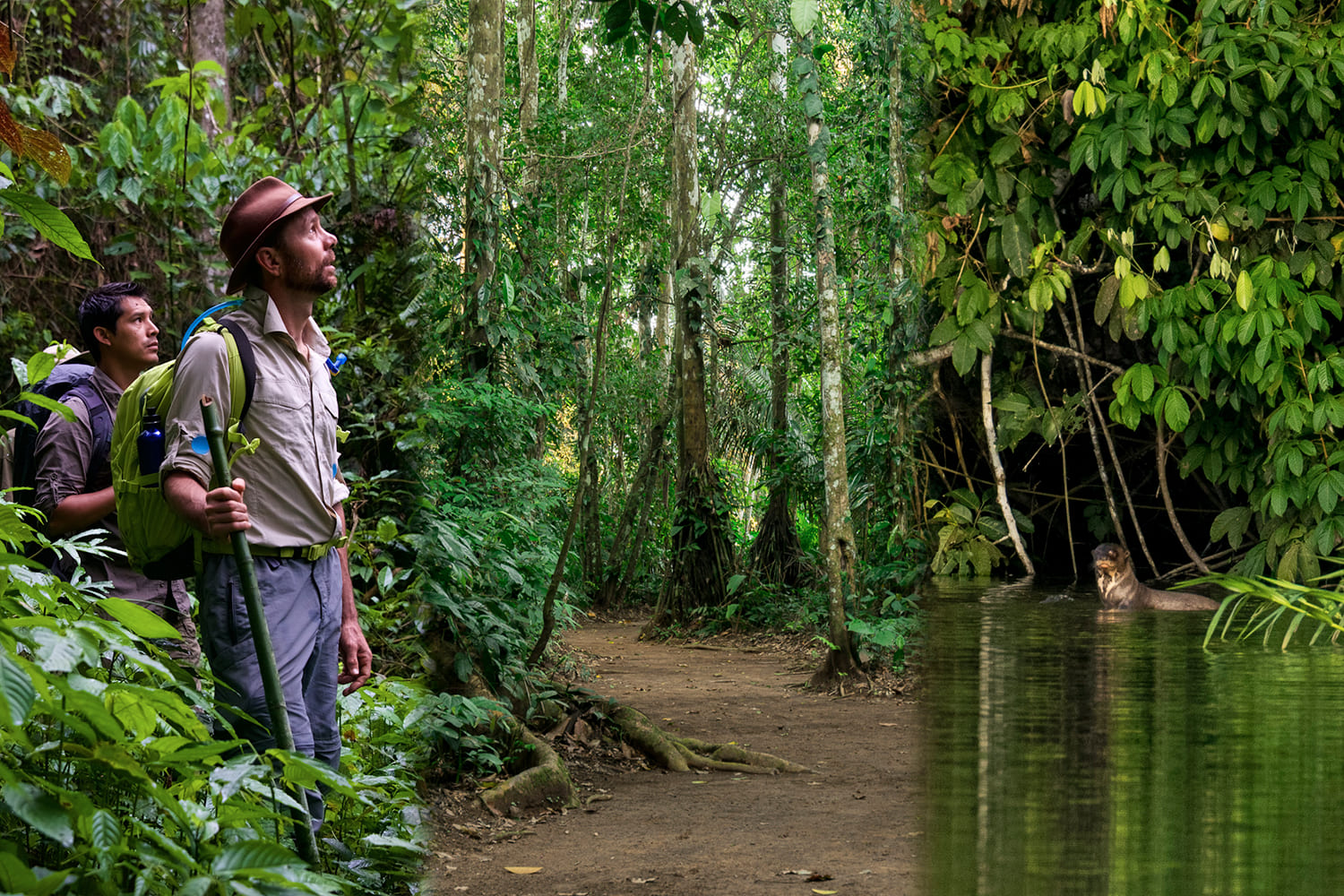
In 1963 the Manu National Forest was created. At the suggestion of Flavio Bazán and Paul Pierret, an expert from the FAO (Food and Agriculture Organization of the United Nations), in 1965, it was proposed to create a national park there.
The importance of the site was confirmed by British advisor Ian Grimwood’s 1966 report. In 1968 the area was declared a national reserve and subsequently the Manu National Park was established on May 29, 1973, with the purpose of preserving its natural and cultural heritage for the benefit of present and future generations; That same purpose determined the recognition by UNESCO of the Manu biosphere reserve, which today covers a territory in the provinces of Paucartambo in Cusco and Manu in Madre de Dios.
Its limits were drawn applying the principle of natural limits and the domain of basins. However, the park limit on the Manu River itself had to stop at the confluence with the Panagua River because there was oil exploration.

The Manu National Park and the areas near the park have a warm and humid climate. Likewise, it has two well-defined seasons.
Rainy season: This season runs from November to April. During this period the maximum temperature will be about 28 ºC and the minimum will be about 19 ºC. Therefore, during these months you will feel warmer, despite having partially cloudy skies. Likewise, rainfall is quite strong and dense; typical of the jungle.
Dry season: This season includes the months of May to October. During these months the maximum temperature will be ºC and the minimum will be 20 ºC. Therefore, this period is recommended for travel. During these months the rainfall will be quite low.
The climatic conditions of the Manu National Park are highly variable. The climate is generally very rainy and rainfall varies depending on altitude. In the dry season, from May to September, precipitation decreases and the temperature drops. The thermal regime is also very variable, since the Amazon zone is warm, with an average annual temperature of 25.6 ºC, and the Andean zone is cold with an average annual temperature of 8 ºC.

It is one of the most biodiverse regions in the world. In Manu, it is possible to find all the variety of ecological floors that exist in the Amazon and this makes one of the most appreciated protected areas. In a single hectare, up to 250 species of trees have been found. In the Manu biosphere reserve, 223 species of mammals and 1005 species of birds have been recorded. It also holds the world record for diversity of amphibian (155) and reptile (132) species for a protected area.
In the park, you can find mammals, such as the otorongo, the jaguarundi, the tapir, the huangana, the sajino, the deer, the ash-roasted deer, the river otter, the ronsoco, the coto mono, the black maquinaba, monkey choro, the black and white male monkey, among others.
As for insect species, it is estimated that nearly thirty million exist in this region. In particular, more than 1,300 species of butterflies, 650 beetles, 136 species of dragonflies and more than 300 species of ants were recorded.
Regarding the flora of the town, we can find species such as cedar, Celtic, screw, chestnut, lupine and rubber.
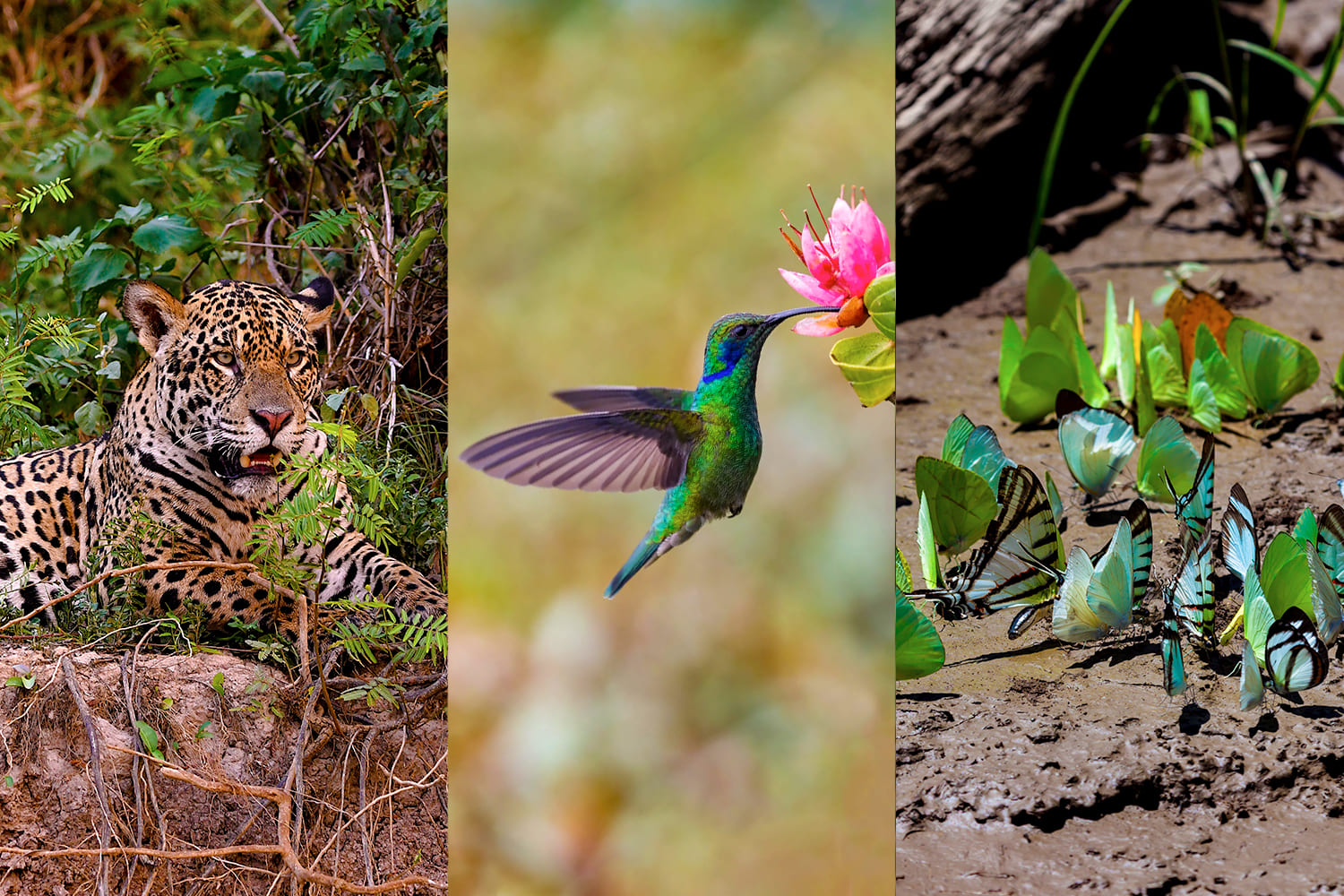
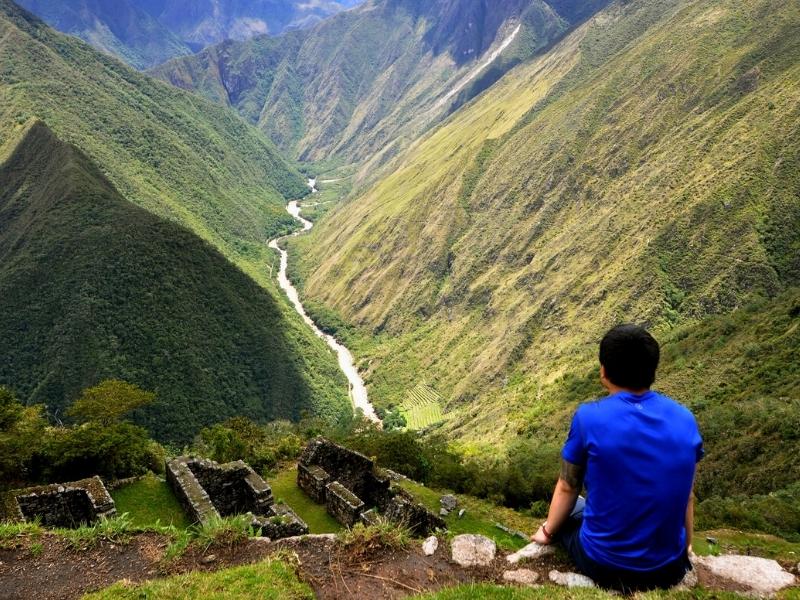
Explore the Manu Amazon Rainforest & Inca Trail hike to Machu Picchu, you will enjoy the best adventures in Peru, exploring amazing inca trail routes and the best amazon wildlife with our local tour guides, in small groups.

The Manu Jungle tour goes to one of the largest life biosphere reserves in the World. You will enjoy wildlife, traditional villages, with the best specialized guides.

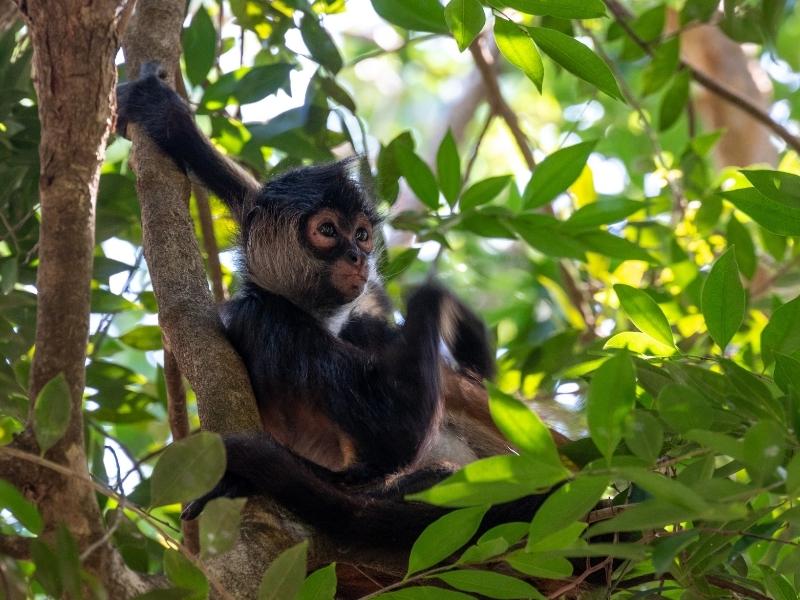
Manu National Park is an excellent way to experience an intense amazon wildlife.Is the biggest Amazon rainforest in the Americas, its incomparable natural wealth, host the greatest amount of flora and fauna of the world.
